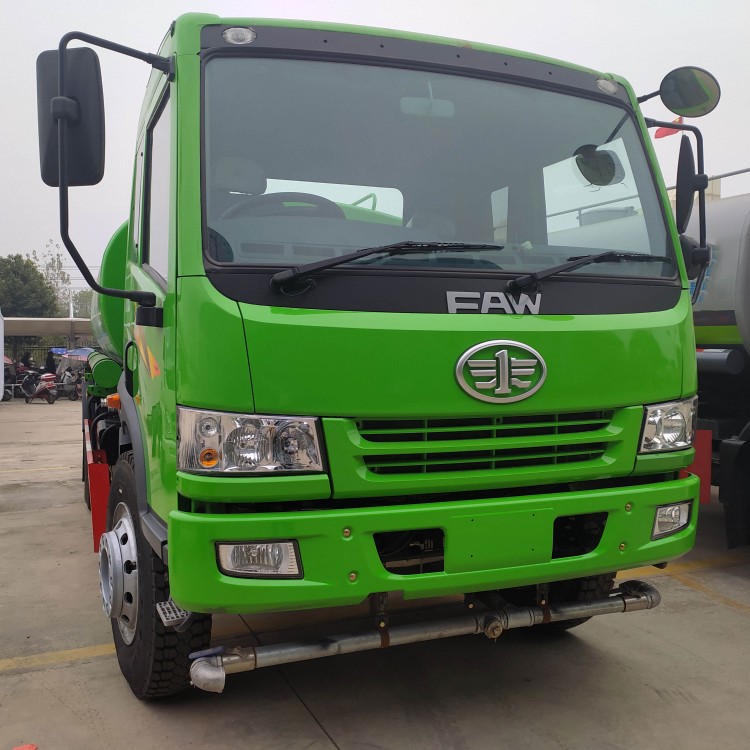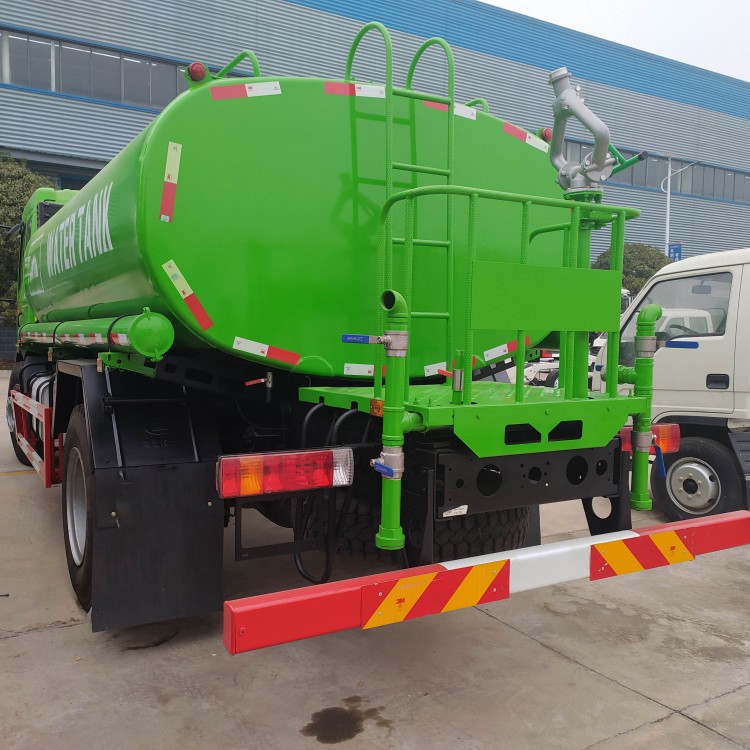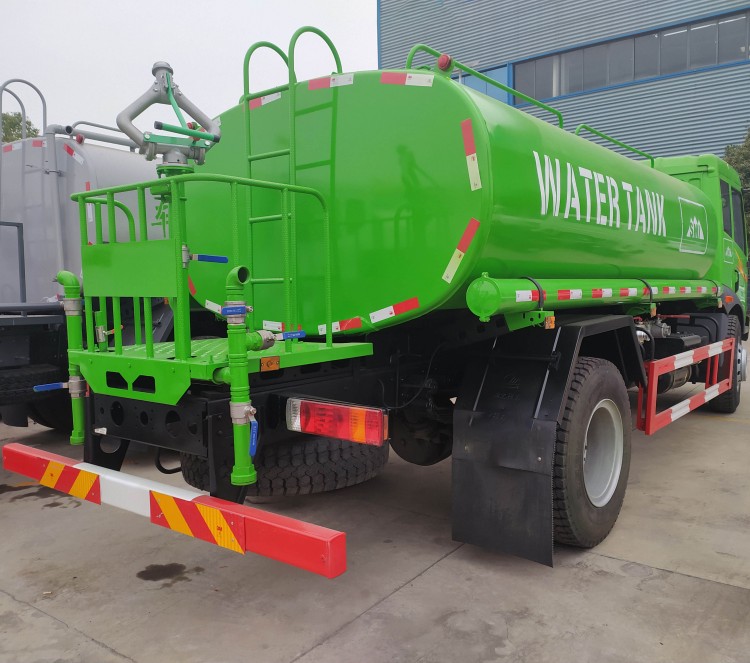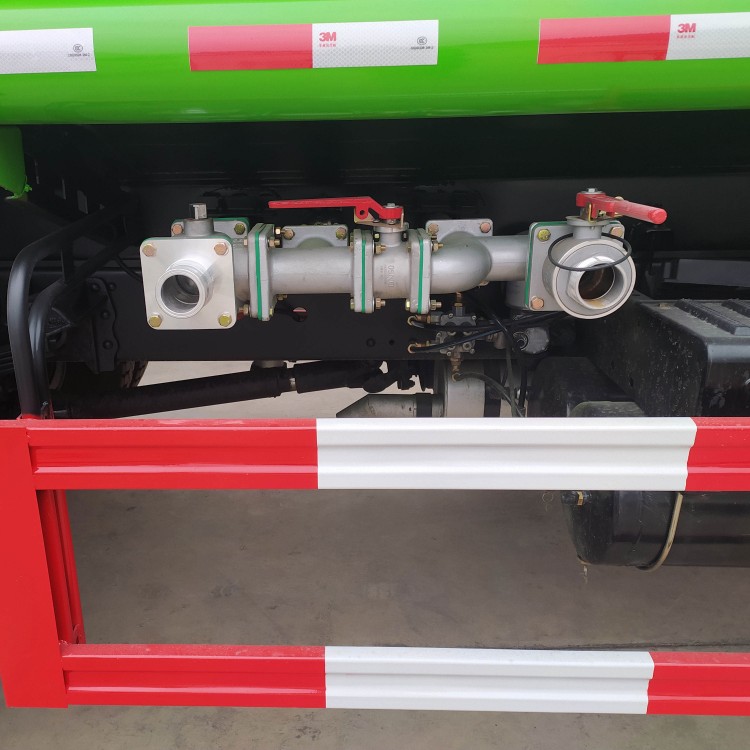Water is a fundamental necessity across various sectors — from agriculture and construction to disaster relief and event management. Where a constant water supply is unavailable or inadequate, a specialized vehicle or trailer known as a water bowser steps in. Designed for transporting and distributing water efficiently, water bowsers play a vital role in diverse environments and applications. But what exactly is a water bowser, and how is it used? This article explores its design, functions, types, and importance in modern industries.
Definition and Basic Structure
A water bowser is a mobile water tank, typically mounted on a trailer, truck chassis, or skid, used to store and transport water to locations that lack a direct water source. The term “bowser” originally comes from refueling tanks but has since been widely adopted for water-carrying units. Water bowsers can range from small towable units with a few hundred liters of capacity to large tankers carrying tens of thousands of liters.
At its core, a water bowser comprises the following components:
- Tank: Usually made of polyethylene, stainless steel, or mild steel, the tank is designed to hold potable or non-potable water.
- Chassis or Frame: A support structure, either towable or truck-mounted, to enable mobility.
- Pump and Hose System: For controlled distribution of water. Some bowsers have gravity-fed systems, while others use powered pumps.
- Fittings and Controls: Includes valves, spray nozzles, inlets/outlets, and control panels for water flow management.
Depending on its use, the water bowser may also include features like baffled tanks to reduce water surge during transport, filtration systems, or heating elements to prevent freezing.
Common Uses of Water Bowser
Water bowsers are incredibly versatile and serve a wide variety of applications:
1. Agricultural Applications
In farming, water bowsers are essential during droughts or in fields lacking irrigation systems. They supply water for:
- Crop irrigation
- Livestock drinking needs
- Agricultural chemical mixing
Portable bowsers allow farmers to reach remote fields, ensuring efficient water management during dry spells.
2. Construction Sites
Construction projects often occur in areas without ready access to piped water. Water bowsers help:
- Suppress dust to meet health and safety standards
- Mix concrete and mortar
- Clean tools, machinery, and surfaces
- Provide emergency fire-fighting capacity
Dust suppression bowsers may come with specialized spray bars and high-pressure pumps.
3. Event and Festival Use
Outdoor events, especially in rural or temporary locations, require water for sanitation, catering, and first aid. Water bowsers provide:
- Drinking water stations
- Water for mobile showers and toilets
- Refill points for food vendors
Potable-grade bowsers are specifically designed for human consumption and include hygiene-friendly fittings.
4. Municipal and Emergency Services
In emergencies like droughts, wildfires, or infrastructure failure, water bowsers serve as rapid-response tools for:
- Delivering drinking water to affected populations
- Supplying water for firefighting efforts
- Supporting disaster recovery operations
Some municipalities keep bowsers as part of their civil defense or public health resources.
5. Industrial Use
Industries such as mining, quarrying, and factories use water bowsers for:
- Equipment cooling
- Cleaning operations
- Process the water supply
Industrial bowsers are typically built to higher durability standards and may carry non-potable water.
Types of Water Bowsers
Water bowsers are classified in several ways, typically based on their mobility and water use:
1. Towable Water Bowsers
These are mounted on single or twin-axle trailers and can be towed by tractors, trucks, or utility vehicles. Ideal for small to mid-scale operations, they offer easy mobility and are common in agriculture and landscaping.
2. Site Tow Bowsers
Designed specifically for use on private property or closed sites (e.g., construction zones), site tow bowsers are rugged but not road legal.
3. Highway Tow Bowsers
These comply with road regulations and are suitable for transport on public roads. Fitted with proper lighting, brakes, and license plates, they’re ideal for moving water between distant locations.
4. Truck-Mounted Bowsers
For high-capacity needs, a water tank is mounted directly onto a truck bed. These are often used by municipalities or in industrial sectors where volume and efficiency are critical.
5. Skid-Mounted Bowsers
These are designed to be lifted onto flatbed trucks or placed at stationary sites. They are often used in remote areas or as semi-permanent installations.
Potable vs. Non-Potable Water Bowser
A key distinction among water bowsers lies in whether the transported water is safe for drinking.
- Potable Water Bowsers: Built with food-grade materials and components that prevent contamination. These are used in humanitarian aid, festivals, and public services.
- Non-Potable Water Bowsers: Designed for industrial, agricultural, or firefighting purposes where drinking safety isn’t a concern. They often include filtration systems to keep debris from clogging pumps or nozzles.
Proper labeling is critical to prevent cross-contamination between potable and non-potable units.
Key Features and Accessories
Modern water bowsers often come equipped with advanced features, such as:
- Baffles: Internal tank dividers that reduce sloshing and improve stability during transit.
- Spray Bars and Lances: For controlled spraying in dust suppression or irrigation.
- GPS Tracking: For fleet management in commercial use.
- Solar Panels or Battery Packs: To power pumps in off-grid locations.
- Heated Tanks: In cold climates, to prevent freezing.
Customization is common, allowing users to tailor the browser’s design to their operational needs.
Maintenance and Safety
Like all mobile equipment, water bowsers require regular maintenance to ensure efficiency and safety. Key practices include:
- Tank Cleaning: Especially vital for potable units to prevent microbial growth.
- Pump and Hose Checks: Ensuring there are no leaks, clogs, or pressure drops.
- Brake and Tire Inspections: Particularly for road-towable models.
- Valve Lubrication and Calibration: To maintain flow control.
Operators should also be trained in handling large volumes of water, especially when driving with partially filled tanks, which can affect vehicle stability.
Conclusion
A water bowser is much more than a simple water container on wheels. It’s a critical utility tool that ensures water availability in challenging environments, from dusty construction sites to remote farmlands and emergency zones. As climate challenges and population demands increase, the flexibility and reliability of water bowsers will only become more essential.
Whether you’re a farmer, contractor, event planner, or emergency responder, understanding the capabilities and options of water bowsers can help you make informed decisions and ensure operations run smoothly.





